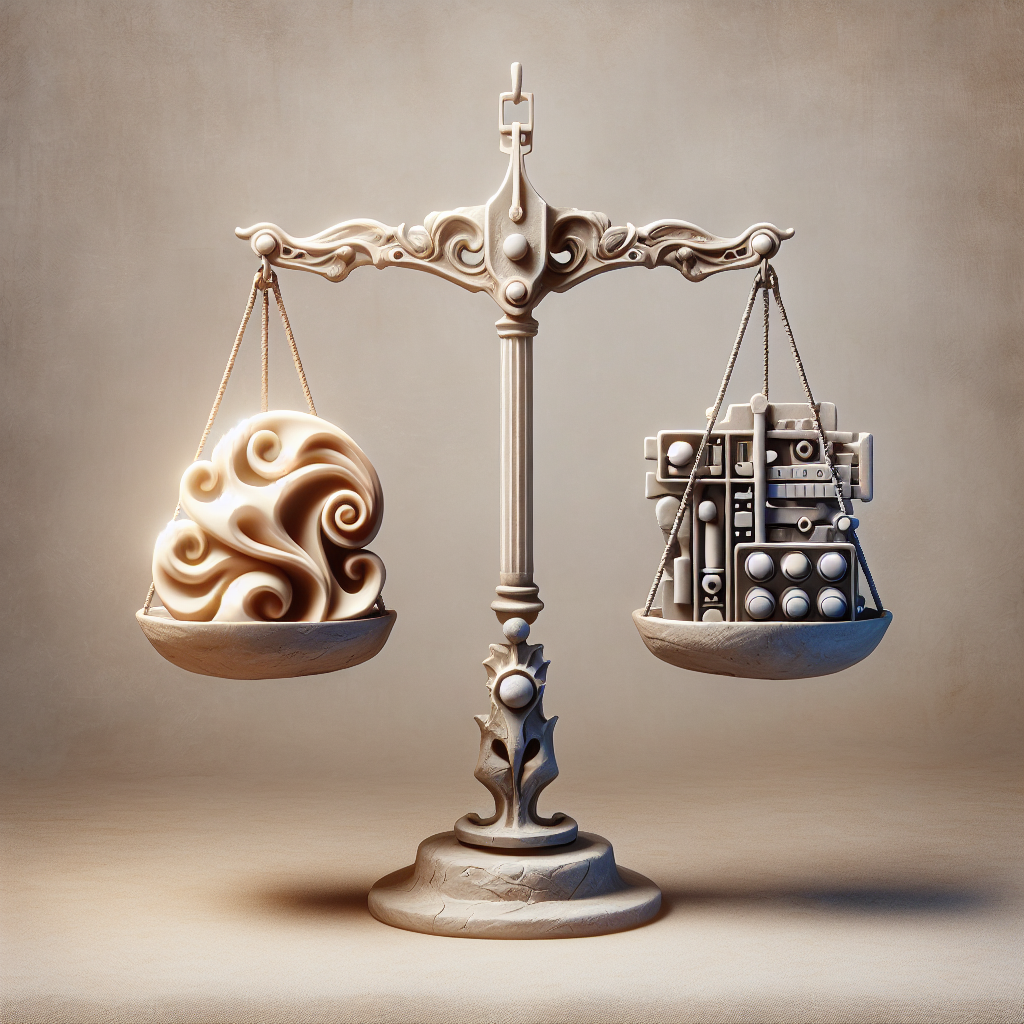Your cart is currently empty!
Form vs. Function: Balancing Aesthetics with Practicality in Form Factor Design

When it comes to designing products, whether it be a piece of furniture, a smartphone, or a building, designers are often faced with the challenge of balancing form and function. Form factor design is the process of creating a product that is not only visually appealing but also practical and functional.
One of the key principles in form factor design is the idea that form follows function. This means that the design of a product should be determined by its intended use. For example, a chair should be comfortable to sit in, a smartphone should be easy to hold and use, and a building should be structurally sound. However, while function is important, form also plays a crucial role in the success of a product.
Aesthetics can have a significant impact on a consumer’s perception of a product. A well-designed product that is visually appealing is more likely to attract customers and stand out in a crowded marketplace. This is why designers often spend a great deal of time and effort on the aesthetics of a product, considering factors such as color, shape, and texture.
But it’s not just about making a product look good – it also needs to be practical and user-friendly. A product that is difficult to use or doesn’t meet the needs of the consumer will ultimately fail, no matter how visually appealing it may be. This is why designers must strike a balance between aesthetics and practicality, ensuring that the form of the product enhances its function rather than hinders it.
One way to achieve this balance is through user-centered design. By involving end-users in the design process, designers can gain valuable insights into how a product will be used and what features are most important to consumers. This can help designers make informed decisions about the form of the product, ensuring that it meets the needs and desires of its intended users.
In conclusion, form factor design is a delicate balancing act between aesthetics and practicality. While it’s important for a product to look good, it’s equally important for it to be functional and user-friendly. By considering both form and function in the design process, designers can create products that not only look great but also perform well and meet the needs of their users.

Leave a Reply